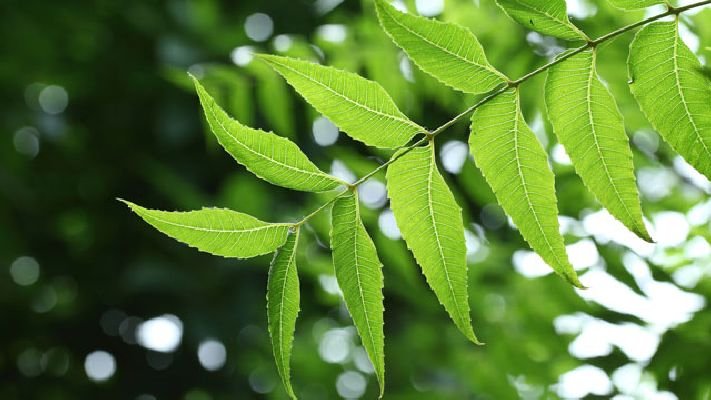The neem plant, Azadirachta indica, is known to contain a potent phytochemical Azadirachtin-A (Aza-A) that can ward off several pests. Scientists from India and Germany have now deciphered the mechanism by which Aza-A does this.
Their research on cotton bollworm reveals that the phytotoxin acts in multiple ways to suppress growth of the pest.
Cotton bollworm (Helicoverpa armigera) is a dreaded pest attacking several crops of economic value and has become resistant to most insecticides in use.

Unlike synthetic pesticides which target a single protein, Aza-A aims several proteins in pests. This, in turn, triggers actions that change their feeding habits and metabolism, thereby arresting their growth.
The neem extract vigorously attacked the worm’s key enzyme JHE (Juvenile Hormone Esterase), which is involved in metabolism and its growth.
The presence of the phytotoxin made worms engage in the detoxification process, changing the way they used their energy, which, in turn, affects their metabolism, feeding habits and growth.
Even a small amount of Aza-A could alter primary metabolism in the insect.
Aza-A has a complex structure, and it has taken several years to understand it. Owing to this complexity, it cannot be synthesized in the laboratory. However, the metabolites can be.
By exploiting this, we can develop broad-spectrum bio-insecticides.
This is a ‘India Science Wire’ story; edited by Clean-Future Team





